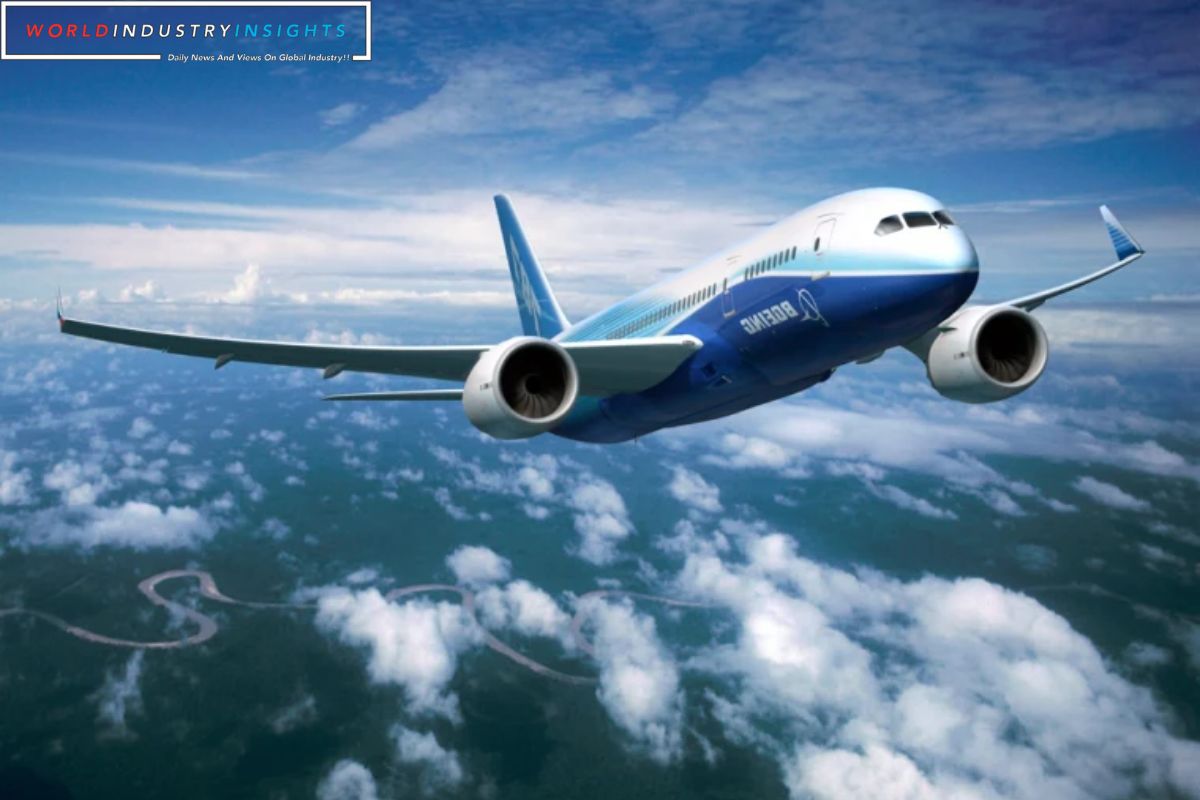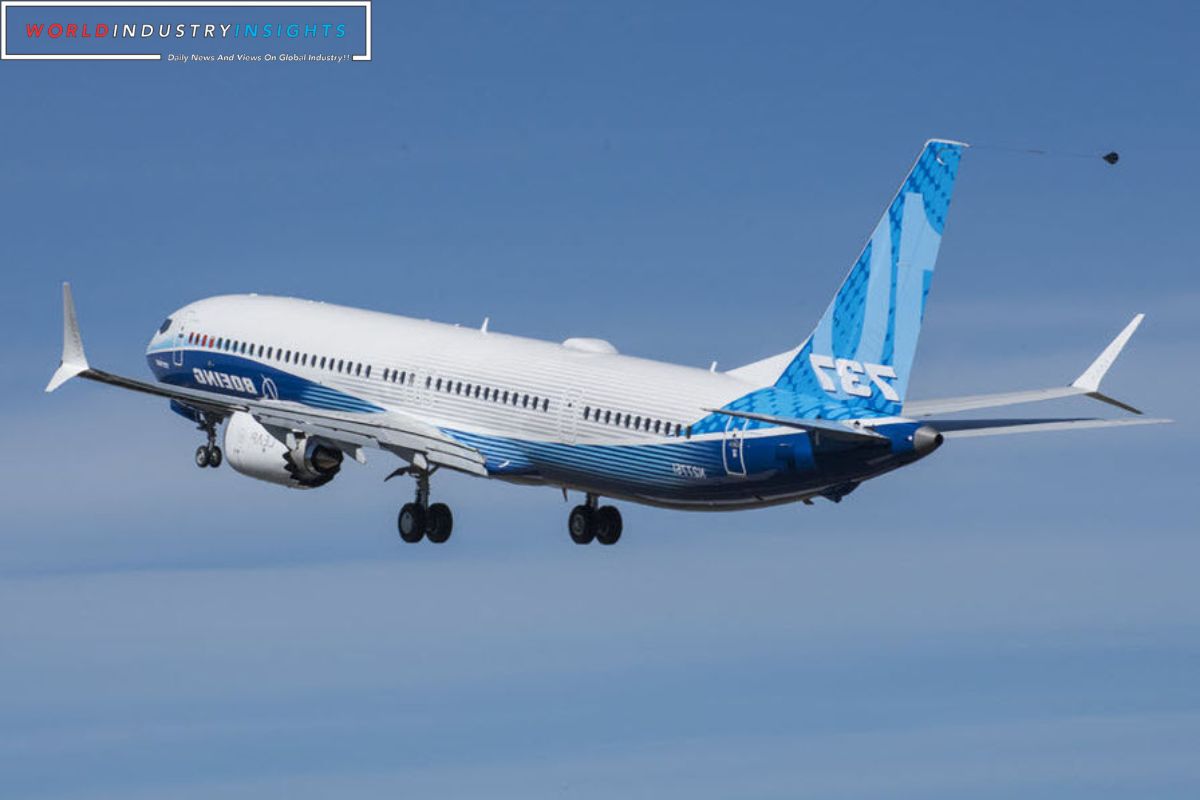Boeing Takes Sharp Turn: Boeing, under CEO Dave Calhoun, is making substantial cuts in its strategy ranks, slashing the number of planners by half in key divisions. The move reflects Boeing’s renewed focus on addressing industrial pressures, marked by the recent appointment of Stephanie Pope as Chief Operating Officer. This shift comes as Boeing grapples with supply disruptions and a substantial debt load, exacerbated by the COVID-19 travel slump and the 737 MAX safety crisis.
Critics express concerns that this increased operational focus might divert attention from Boeing’s long-term future. Redundancy notices are expected to be sent out to affected strategists this week, signaling a critical stage for the aerospace giant. In November, Boeing announced the departure of Marc Allen, the former chief strategy officer, with part of his planning team reassigned to divisions.
Calhoun’s memo on November 16 emphasized enabling and empowering business units, with strategists integrating directly into the units they support. However, sources indicate that these units, particularly Boeing Global Services and Boeing Commercial Airplanes, are facing significant cuts in the number of strategistsreductions of at least 50%. The speed of the shake-up is evident, with some strategists advised not to return to work upon receiving 60-day notices.
Defense is experiencing a slower evolution in its plans, combining strategy and business development, with anticipated cuts of 50% or more. Boeing has confirmed an internal Defense combination but remained silent on the overall job cuts across the company. Boeing asserts that aligning strategy teams with business units is part of a broader strategy implemented over several years to streamline the corporate structure and concentrate resources on the business. Despite the internal changes, Boeing shares saw a 1.4% rise on Monday.
Also Read: Boeing 737 Production Plan Hits a Delay: Navigating Challenges in the Airline Industry
Criticism surfaces from analyst Richard Aboulafia, questioning the decision to cut core strategy teams. Aboulafia argues that this move, coupled with Pope’s appointment, seems to prioritize harvesting past investments over future technologies, raising concerns about Boeing’s long-term vision. Not everyone shares the pessimism, with some sources suggesting that divisions have long viewed the strategy department as a costly rival, and this shift may lead to a gradual reshaping.
As the aerospace industry contemplates the future of single-aisle jets, Boeing’s strategic choices are under scrutiny. While successor models are a decade away, Airbus has already signaled potential requests for public support, reminiscent of a previous trade war with Boeing.
Calhoun has tempered expectations of a new Boeing airplane until the mid-2030s, emphasizing the need for increased efficiency. Despite a 30% increase in shares this year, Boeing is focused on debt repayment, conserving resources. Sources indicate ongoing work on a 737 replacement, but changes in the Product Strategy team’s structure highlight a nuanced approach to existing projects.
Amidst these strategic shifts, industry analysts debate whether Boeing’s moves are a pragmatic response to changing circumstances or a potential risk to the company’s future development and adaptation to evolving environmental and market dynamics.
Our Reader’s Queries
How many Boeing 737 Max 8 have crashed?
The tragic crashes of two 737 MAX 8 planes in Indonesia and Ethiopia in 2018 and 2019 claimed the lives of 346 individuals. This led to a worldwide suspension of the aircraft and raised serious concerns about the safety and quality control measures at Boeing. The incidents sparked a flurry of inquiries and investigations into the matter.
How much money has Boeing lost due to the 737 MAX?
In 2019, Airbus took over as the top aerospace company in terms of revenue, surpassing Boeing due to the crisis. Airbus generated $78.9 billion in revenue, while Boeing recorded $76 billion. Unfortunately, Boeing experienced a significant decline in profits, going from $12 billion in the previous year to $2 billion in operating losses.
How many passengers does the 737 MAX 8 hold?
Boeing’s MAX 8 model can comfortably accommodate between 162 to 178 passengers, while the MAX 9, the largest in the series, can seat 178 to 193 passengers. However, the MAX 9 can be configured to hold a maximum of 220 passengers.
How many Boeing 737 Max are in service?
The FAA has issued an order to ground 171 of the 737 Max 9 aircraft worldwide, out of the 215 currently in service. However, certain international carriers are not affected by this directive as their models do not have a mid-cabin door plug, which is the issue being addressed by the FAA.


